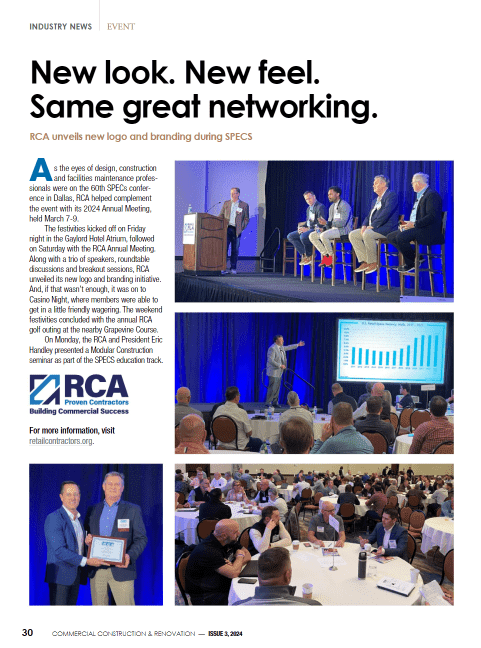Dredging is the process of removing sediment and debris from the bottom of a waterway. This is often done to keep waterways open for boats and other vessels, or to restore them to their natural condition. Dredging can be a complex process, and it requires specialized equipment to get the job done right. This blog post will discuss what dredging is and what kind of equipment is needed to get the job done.

What is dredging?
As mentioned earlier, dredging is the process of removing sediment and debris from the bottom of a waterway. It also includes the removal of any built-up sediment on the banks of the waterway. There are many reasons why dredging may be necessary. One reason is to remove obstacles from the waterway so that boats and other vessels can navigate through it more easily. When sediment and debris accumulate in a waterway, it can cause the waterway to become shallow and narrow. This can make it difficult or even impossible for boats and other vessels to navigate through the waterway. Dredging can also be done to improve the water quality or to protect the environment.
Dredging can be done manually or with the use of machinery. When manual dredging is performed, workers wade into the water and remove the sediment and debris by hand. This method is often used in small waterways or in areas where there is little sediment accumulation. Manual dredging is a slow process and can be labor-intensive. Dredging can also be done with the use of machinery. According to a seasoned manufacturer of submersible pumps, this method is often used in larger waterways or in areas where there is a lot of sediment accumulation. There are many different types of dredging equipment, and each type has its advantages and disadvantages.
What equipment is needed for dredging?
-
Bucket dredges
Bucket dredges are the most common type of dredging equipment. They are used to scoop up sediment and debris from the bottom of a waterway. Bucket dredges can be small and handheld or large and towed behind a boat.
-
Draglines
Draglines are used to dredge large areas of sediment. They consist of a long cable with a bucket or claw on the end. The dragline is lowered into the water and used to scoop up sediment from the bottom of the waterway.
-
Cutter suction dredges
Cutter suction dredges are used to remove sediment from small areas. They consist of a cutter head that is lowered into the water and used to chop up sediment. The sediment is then sucked up through a hose and deposited in a holding area.
Each type of dredging equipment has its advantages and disadvantages. The type of equipment that is best for your project will depend on the size and depth of the waterway, the amount of sediment to be removed, and the type of sediment. If you are not sure which type of dredging equipment is best for your project, you should consult with a professional. They will be able to assess your needs and recommend the best type of dredging equipment for your project.
What are the benefits of dredging?
Dredging has many benefits. It can improve the navigability of a waterway, improve water quality, and protect the environment. Dredging can also be used to create new waterways or to expand existing ones.
-
Creating new waterways
Dredging can be used to create new waterways. This is often done in areas where there is a lot of sediment accumulation. The dredged material is used to create new channels or to expand existing ones. This can improve the navigability of the waterway and make it easier for boats and other vessels to get through.
-
Expanding existing waterways
Dredging can also be used to expand existing waterways. More often than not, waterways that have been in use for a long time become shallower and narrower due to sediment accumulation. Dredging can be used to remove the accumulated sediment and make the waterway wider and deeper. As a result, the waterway will be more navigable and easier for boats and other vessels to easily pass by.
-
Improving water quality
Dredging can also be used to improve water quality. Sediment and debris that accumulate in a waterway can cause the water to become polluted. Dredging can remove the sediment and debris, which will improve the water quality.
-
Protecting the environment
Dredging can also be used to protect the environment. When sediment and debris accumulate in a waterway, it can cause problems for the plants and animals that live there. Dredging can remove the sediment and debris, which will improve the habitat for plants and animals.

Dredging has many benefits. It can be used to improve the navigability of a waterway, improve water quality, and protect the environment. If you are considering dredging for your project, you should consult with a professional to see if it is the right solution for you.






 The 2024 virtual Men’s Round Table will be held Q4, 2024, date TBD.
The 2024 virtual Men’s Round Table will be held Q4, 2024, date TBD.











